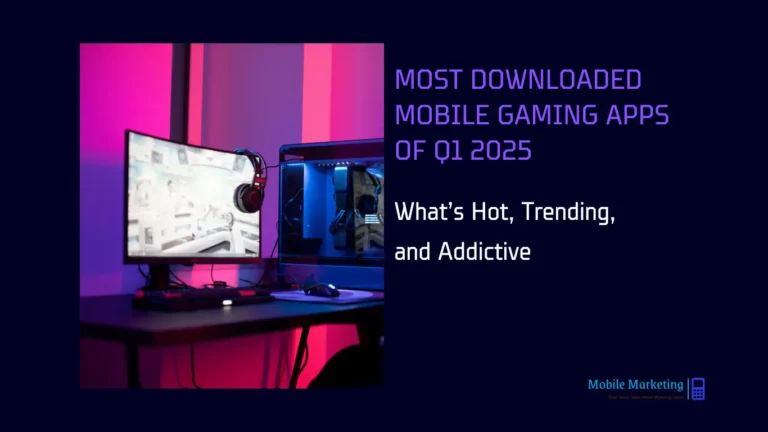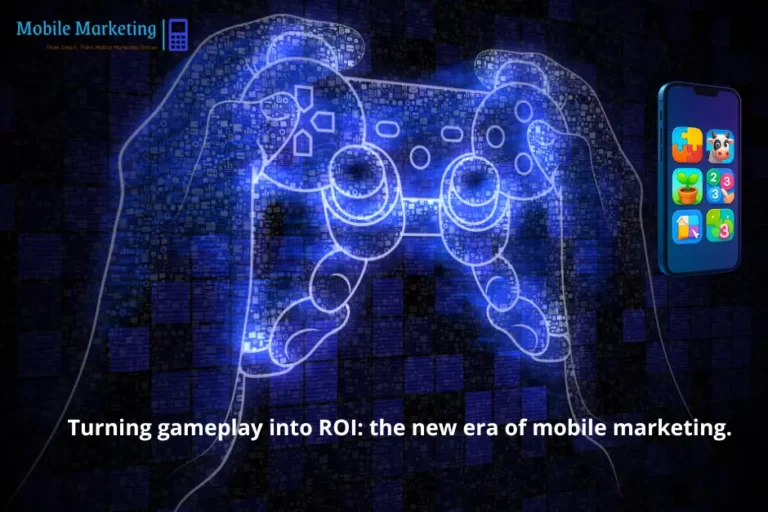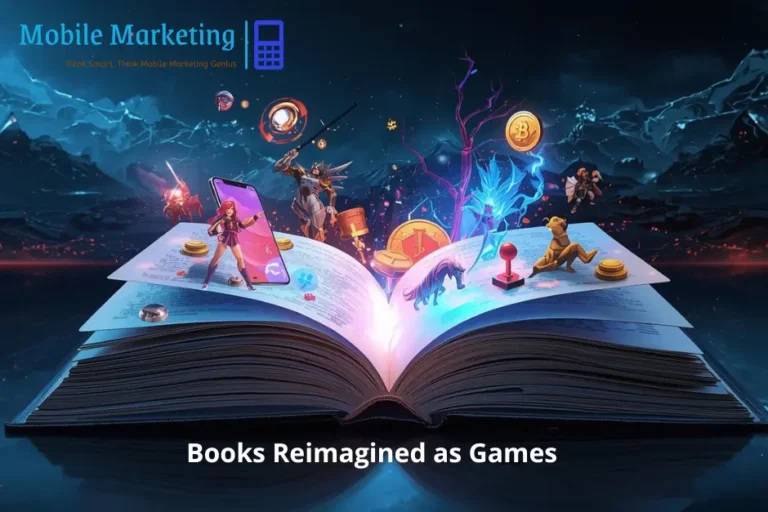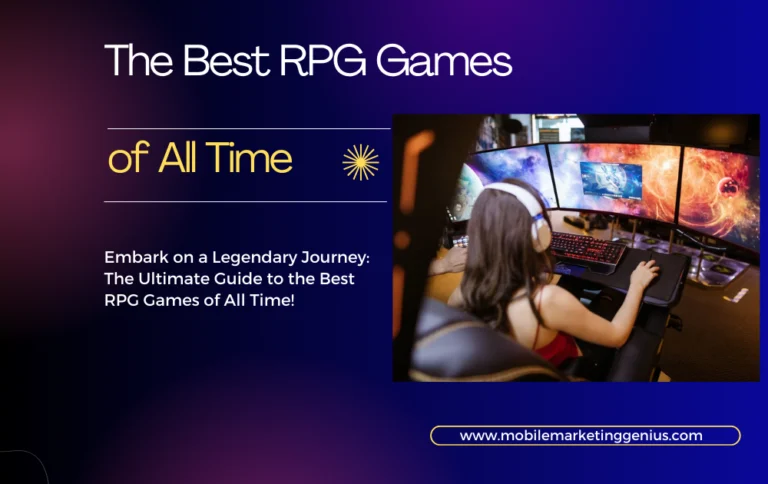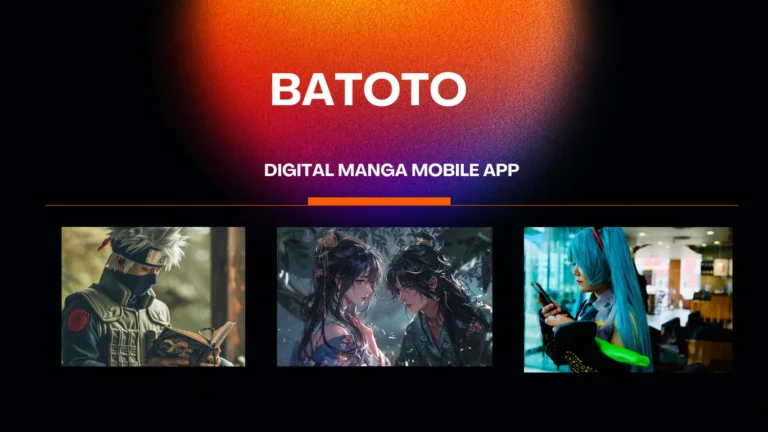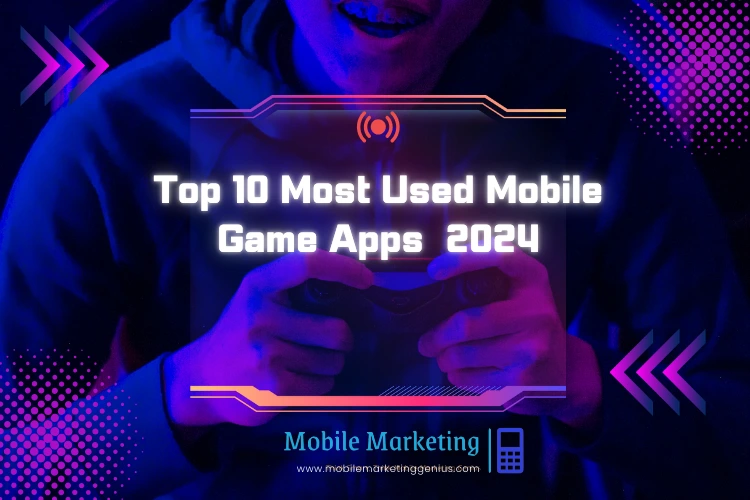Revolutionary Gamification of Books: Advantages, Use Cases, and the Future of Reading

Reading has always been a journey — one that sparks imagination, builds knowledge, and connects people across generations. But in the digital age, traditional reading is no longer enough to capture the attention of younger, tech-savvy audiences. Enter gamification of books, a trend that merges the timeless power of storytelling with the motivating mechanics of gameplay.
By integrating points, levels, achievements, and interactive features, books become experiences that engage readers like never before. From children’s picture books to corporate training manuals, gamification is revolutionizing the way we learn and enjoy stories. This article explores its advantages, real-world use cases, and future possibilities in the digital publishing landscape.
Table of Contents
The Psychology of Reader Engagement
Gamification taps into human motivation. We are naturally driven by challenges, rewards, and progress tracking. These psychological triggers explain why gamified experiences work so well:
- Rewards & Dopamine Loops: Achievements, badges, and points create small dopamine releases that keep readers hooked.
- Clear Goals: Readers are motivated by milestones (finishing a chapter, unlocking a bonus scene).
- Instant Feedback: Quizzes, in-story decisions, or progress bars let readers know they are improving.
- Social Reinforcement: Leaderboards, multiplayer story modes, or shareable achievements make reading communal.

Table 1 – Advantages: Traditional Reading vs Gamified Books
| Aspect | Traditional Reading | Gamification of Books |
|---|---|---|
| Engagement | Passive, linear | Interactive, choice-driven, rewarding |
| Motivation | Intrinsic only | Intrinsic + extrinsic (badges, XP) |
| Retention | Risk of disengagement | Repetition and rewards boost memory |
| Feedback | Delayed (end of book) | Continuous and real-time |
| Social Interaction | Minimal | Leaderboards, communities, co-play |
| Personalization | Same for all readers | Adaptive difficulty and pacing |
Use Cases of Gamification of Books
Gamification is flexible — from fun to education to professional development. Let’s explore where it shines.
Entertainment
- Interactive Fiction Apps: Games like Choices or Episode let readers shape narratives.
- Fan Engagement: Unlockable side stories, bonus art, or hidden endings.
- Serialized Content: Episodic releases keep readers engaged week after week.
Education
- Gamified Textbooks: Chapters as “levels,” quizzes as “boss fights.”
- Language Learning Apps: Duolingo’s streaks and points show how effective gamification can be.
- STEM Books: Science experiments simulated as mini-games in e-textbooks.
“The gamification in education market, valued at USD 1.14 billion in 2024, is expected to surge to USD 18.63 billion by 2033 (Market Data Forecast).”
Children’s Literature
- Read-Along Games: Narrated voices plus puzzles, coloring activities, or animations.
- Adaptive Reading Levels: Content that scales with a child’s progress.
- Parental Dashboards: Tracking comprehension and time spent reading.
Corporate Training
- Scenario-Based Learning: Turning leadership or compliance guides into branching simulations.
- Role-Play Decisions: Readers practice negotiations or customer service via gamified case studies.
Table 2 – Use Case Mapping
| Sector | Book Type | Gamification Feature | Outcome |
|---|---|---|---|
| Education | Textbooks, study guides | Quizzes, streaks, chapter levels | Higher retention, exam readiness |
| Children’s Books | Picture books, fairy tales | Mini-games, adaptive narration | Improved literacy, fun learning |
| Entertainment | Novels, fanfiction | Branching paths, unlockables | Deeper engagement, replayability |
| Corporate Training | Business manuals | Role-play, scenarios, decision points | Better workplace application |
Educational Apps and Learning Games
Gamification has its biggest impact in learning environments. Studies show gamified digital learning can increase knowledge retention rates by 25–60% compared to traditional methods.
Examples:
- Scholastic’s Interactive Apps – Add vocabulary challenges after chapters.
- Khan Academy Kids – Blends math and reading exercises with playful rewards.
- Classcraft – Turns classrooms into RPG adventures where students “level up” by completing reading assignments.
“The global game-based learning market reached USD 16.16 billion in 2023 and is projected to grow to USD 64.54 billion by 2030, with a CAGR of 22% (Grand View Research).”

Digital Publishing Innovation & Monetization
Publishers are embracing gamification to diversify their business models.
Table 3 – Monetization Models for Gamified Books
| Model | How It Works | Pros | Cons |
|---|---|---|---|
| Freemium | Free chapters, pay for extras | Large audience reach | Low conversion rates |
| Subscription | Monthly fee for unlimited books | Recurring revenue, loyalty | Requires big library |
| Pay-to-Own | One-time app/book purchase | Simple and familiar | Limits long-term monetization |
| Ad-Supported | Free with ads in app | Accessible to all | Ads may break immersion |
| Hybrid Models | Mix of subs + premium unlocks | Flexibility, maximizes revenue | Complexity in pricing |
Gamification doesn’t just make reading fun — it turns books into ecosystems that generate recurring income streams.
AR/VR Storytelling: The Next Frontier
One of the most exciting aspects of gamification is the rise of immersive tech.
- AR Books: Scan a page to see characters animate in 3D.
- VR Adventures: Step into a novel’s setting using VR headsets.
- Social VR Clubs: Readers can explore story worlds together, multiplayer-style.
Future Trends in Gamified Reading
Looking ahead, several innovations will define the gamification of books:
- AI-Driven Adaptive Stories: Stories change based on reader speed, emotions, or decisions.
- Wearable Integration: Heart rate sensors adjusting difficulty (e.g., horror scenes intensify when pulse rises).
- Voice-Activated Adventures: Smart speakers narrating branching interactive audiobooks.
- Metaverse Reading Clubs: Shared virtual spaces where people “play” through a story together.
Table 4 – Future Tech in Gamification of Books
| Trend | Description | Potential Impact |
|---|---|---|
| AI Adaptive Stories | Tailors plot to reader’s behavior | Personalized and unique experiences |
| Wearable Integration | Biometric input adjusts story intensity | Immersion at emotional and physical level |
| Voice-Activated Books | Interactive audiobooks via smart devices | Accessibility and convenience |
| Metaverse Integration | Social, multiplayer reading worlds | Builds communities around books |
Key Figures
| Figure | Detail | Source |
|---|---|---|
| USD 16.16 billion | Global game-based learning market size in 2023 | Grand View Research |
| USD 64.54 billion by 2030 | Projected size of game-based learning market, CAGR ~22% | Grand View Research |
| USD 1.14 billion | Global gamification in education market value in 2024 | Market Data Forecast |
| USD 18.63 billion by 2033 | Forecast for the same market (gamification in education) | Market Data Forecast |
| Up to 90% retention | Gamified training experiences can increase retention rates by up to 90% | BuildEmpire / SafetyCulture “Gamification Statistics 2025” |
| USD 12.7 billion → USD 216.7 billion | Global gamified learning market in 2024 projected to reach by 2034, CAGR ~32.8% | Market.US |
| USD 2,959.9 million → USD 40,805.4 million | Growth forecast for gamification in education market 2025–2035, CAGR ~30% | Future Market Insights |
Conclusion
The gamification of books is more than a passing trend — it’s a transformation of reading itself. By merging storytelling with gameplay, books evolve into interactive, adaptive, and community-driven experiences.
For readers, gamification means more motivation, engagement, and fun.
For educators, it brings higher learning outcomes.
For publishers and authors, it unlocks new revenue streams and relevance in a digital-first market.
The future of reading will be shaped by interactivity. Books will not only be read — they will be played, experienced, and shared. And in this hybrid of literature and gaming lies the next great leap for storytelling.
More Insights on Digital Marketing Strategies:

